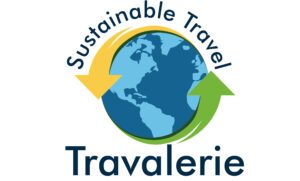Basic Introduction Guide to Iceland
Iceland was the last European country to be settled, mostly by Norsemen in the 9th and 10th centuries. They came mainly from Norway and elsewhere in Scandinavia, and from the Norse settlements in the British Isles, from where a Celtic element was also introduced.
The language and culture of Iceland were predominantly Scandinavian from the outset, but there are traces of Celtic influence in some of the ancient poetry, in some personal names and in the appearance of present-day Icelanders.
First Settler
The first permanent settler of Iceland was Ingolfur Arnarson, a Norwegian Viking who around 874 AD made his home where Reykjavik now stands. In 930 AD the Viking settlers of Iceland founded the world’s first parliament, known as the Althing. They established a constitution based on individual freedom and land ownership, with local chieftains gathering annually to elect leaders at Thingvellir, a natural amphitheater formed out of lava.
Erik the Red and Leif the Lucky
It was a Viking era filled with optimism, even for Erik the Red, who arrived in Iceland after being banished from Norway for committing murder. Unfortunately Erik the Red committed murder again in Iceland and was to be banished from there as well, so he gathered a fleet of 25 Viking longships and led a colonial expedition west to Greenland.
Before he left Iceland, Erik fathered the most famous Icelandic Viking, Leif Eiriksson who was also known as ‘Leif the Lucky.’ In the year 1000, Leif Eiriksson sailed even further west than his father, becoming the first European to reach North America, which he called Vinland.
Christianity and foreign rule
Also in the year 1000, Iceland adopted Christianity, followed by a prosperous period as described in the classic Icelandic Sagas. In 1262 Norwegian King Haakon asserted control over the island by instituting devastating taxes and trade embargos that were upheld when Iceland was taken over by Danish rule under a Scandinavian union.
From centuries of hardship to independence
For over six centuries Iceland was plagued by abysmal poverty, disease, starvation and natural disasters that nearly extinguished the small country. After so many centuries of hard times, an independence movement began in the early 19th century and reached full force under the outspoken leadership of a nationalist named Jon Sigurdsson. His efforts helped end the trade monopoly in 1854, and domestic autonomy was established in 1874, followed by home rule in 1904 and limited sovereignty in 1918. Ties to the Danish crown were fully broken in 1944 and today Icelandic Independence Day is celebrated on June 17, the birth date of Jon Sigurdsson.
CASH & CREDIT CARDS
Credit and debit cards are very common forms of payment in Iceland. In fact, cash use among the locals is rare since most merchants accept credit and debit cards even for small purchases. Traveler’s cheques, though less common, are also accepted at banks and major hotels or tourist centers.
CREDIT CARDS
VISA and MasterCard are the major credit cards in Iceland; both are serviced by all banks in Iceland. MasterCard is the agent for Diners Club and JCB. Please note that there might be a difference between the official currency exchange rate in Iceland and the exchange rate that the credit card companies use for transactions.
Note for visitors from the USA
Iceland uses cards with the chip-and-pin system, which requires a 4-digit PIN for purchases. If you only have the “swipe and sign” cards, you may wish to inquire about getting a chip-card from your bank or a major credit card issuer before traveling.
Cash advance services for cardholders is available as follows:
- VISA, MasterCard and Diners Club – at all banks and ATMs
- JCB – at Kreditkort, Ármúli 28-30, 108 Reykjavík (tel: 550-1500)
DEBIT CARDS
Electron and Maestro cards are commonly accepted.
ATMs
ATMs are widely available in Iceland and require a PIN. Cash can be obtained for Electron and Maestro cards at all ATMs and banks, as well as for Cirrus and Euro cheque ATM-only cards. Diners Club and JCB cardholders with Cirrus acceptance have access to all ATMs.
CHECK-IN
Several airlines offer scheduled routes to Iceland (Keflavik International Airport) on whole year basis, from destinations in Europe and USA, see list below. To travel to Akureyri from Keflavík International Airport one can fly directly or travel to the domestic airport in Reykjavík and fly from there.
If heading for the domestic airport in Reykjavik. There are different ways to get between the Terminals. If you are driving or picking up a passenger at the Airport there are both short term and long term parking at the airport. You can take the Flybus, taxi or rent a car. It is about 45 minutes drive between the terminals and the flight to Akureyri with Air Iceland to Akureyri is about 30 minutes www.airiceland.is
CLIMATE
The climate of Iceland is subarctic (Köppen climate classification: near the southern coastal area and tundra inland in the highlands. The island lies in the path of the North Atlantic Current, which makes its climate more temperate than would be expected for its latitude just south of the Arctic Circle. This effect is aided by the Irminger Current, which also helps to moderate the island’s temperature. The weather in Iceland can be notoriously variable.
The aurora borealis is often visible at night time during the winter. The midnight sun can be experienced in summer on the island of Grimsey off the north coast; the remainder of the country, since it lies just south of the polar circle, experiences a twilight period during which the sun sets briefly, but still has around 2 weeks of continuous daylight during the summer.
COMMUNICATION
Iceland enjoys an extensive infrastructure. Roads started to be built in 1900 and construction increased during the 1980s. However, there are still a number of gravel roads in Iceland. The current national road system connects most of the cities and is largely in the coastal areas. It consists of about 12,691 kilometers (7,868 miles) of roads, with 3,262 kilometers (2,022 miles) paved. There are no railroads in Iceland.
Telecommunications are completely modern, and a high percentage of the population use cellular phones (6,746 in 1997). Icelanders enjoy adequate domestic telephone service, and international telephone systems are run by 3 satellite earth stations, one of which is shared with the other Scandinavian countries.
Computer use is widespread in Iceland and about 82 percent of Icelanders have Internet access at home, at school, or at work. This is reflected in the republic’s ever-growing information-technology industry, with the export of software rapidly increasing.
ELECTRICITY
The plug will be different, so you will need a special electric adapter or you might need a converter, depending on the device and the electric current that your device can tolerate. Electric devices in Iceland use the Europlug/Schuko-Plug (CEE types), which has two round prongs.
The electricity sector in Iceland relies primarily on renewable energy: hydropower and geothermal energy, with very minor contributions from thermal power stations Iceland’s consumption of electricity was seven times higher than EU 15 average in 2008. The majority of the electricity is sold to industrial users, mainly aluminum smelters and producers of ferroalloy. Landsvirkjun is the largest electricity producer. In the retail market, largest companies were in 2007: RARIK, Orkuveita Reykjavíkur, and Hitaveita Suðurnesja. The electricity production was increased significantly between 2005-2008
EMERGENCY NUMBERS
112 Emergency number. 112 is the single emergency number in Iceland, representing all the response parties to accidents, fire, crime, search, rescue and natural disasters on land, at sea, or in the air. Additionally, Iceland’s child protection officers can be reached through 112.
TRANSPORT
The principal mode of personal transport is the car. There are no public railways — although there are bus services. Transport from one major town to another, for example, Reykjavík to Akureyri, may be by airplane on a domestic flight. The only ways of getting in and out of the country are by air and sea.
PASSPORT AND VISA REQUIREMENTS
Iceland is a party to the Schengen Agreement. This means that U.S. citizens may enter Iceland for up to 90 days for tourist or business purposes without a visa. Your passport should be valid for at least three months beyond your planned date of departure from the Schengen area.
LANGUAGE
Icelandic is not only the national language but is now “the official language in Iceland” by virtue of Act No 61/2011, adopted by parliament in 2011. Icelandic Sign Language was also officially recognized by law in 2011 as a minority language with constitutional rights and the first language of the Icelandic deaf community. During the time of Danish rule, Danish was a minority language in Iceland,[2] although it is nowadays only spoken by a small number of immigrants.
EXPERIENCE HIGHLIGHTS
- See the famous Golden Circle sights – Þingvellir, Geysir and Gullfoss
- Travel along the South Coast with its beautiful ocean views
- View the stunning Jökulsárlón Glacier Lagoon
- Enjoy the mountain scenery and quaint fishing villages of the Eastfjords
- Explore Lake Mývatn with its steaming geothermal sites
- Visit the charming town of Akureyri
HOLIDAYS
Public holidays in Iceland are established by the act of Parliament (Alþingi). The holidays are currently x, two of which are only holidays afternoon (although many workers get the whole day off). There are also twelve official flag-days in Iceland, some of which are not public holidays. On a flag day, all government buildings fly the flag. Although citizens are not obliged to do it, most people do, if they have a flagpole.
RELIGION
Most Icelanders (80%) are members of the Lutheran State Church. Another 5% are registered in other Christian denominations, including the Free Church of Iceland and the Roman Catholic Church. Almost 5% of people practice ásatrú, the traditional Norse religion.
FOODS TO TRY
-
Skyr Yogurt
-
Slow Roasted Lamb
-
Hákarl – Fermented Shark
-
Kjötsúpa – Icelandic Lamb Soup
-
Icelandic Fish
-
Icelandic Hot Dog
-
Rúgbrauð – Dark Rye Bread from a Hot Spring
-
Harðfiskur – Dried Fish
-
Bakery goods
-
Icelandic Ice cream
LOCAL BEER AND WINE: Víking Classic is available in draught, bottles, and cans and is part of the Víking beer family which is the most popular beer brand in Iceland.
TOP 3 ICELANDIC DRINKS
- Brennivín: Brennivín is an unsweetened Schnapps that is made from potato mash and seasoned with caraway, cumin, and angelica. Brennivín has a very distinct taste and is normally 80 proof.
- Reyka Vodka: Many would claim this Icelandic vodka is the best in the world. The water used to make Reyka comes from a 4,000-year-old lava field. You will taste a smooth warmth with just a touch of vanilla flavoring. This vodka is brewed in one of the coldest places on Earth.
- Fjallagrasa Moss Schnapps: Yes, this drink is actually made from ocean moss that is soaked in an alcohol solution. No artificial ingredients are added. This drink has been used medicinally for years. If you have a cough from the cold Iceland conditions this is one of the alcoholic beverages in Iceland that will help you.
DRIVING
In Iceland you drive on the right side of the road and overtake on the left. The general speed limit is 30-50 km/hour in populated areas, 80 km/hour on gravel roads in rural areas and 90 km/hour on paved roads. Drivers and all passengers are required by law to wear seatbelts.
SOUVENIRS TO BUY
- Lava rock jewelry.
- Forget the cans of ash from the Eyjafjallajökull eruption, for a souvenir that really celebrates the volcanic nature of Iceland, pick up some jewelry made of lava rocks.
- Icelandic woolen goods.
- T-shirts from Dogma.
- 66° North gear.
- Icelandic music.
- Books.
- Viking beer glasses.
FAMILY TRAVEL
Iceland family adventure index:
- Drop your jet lag at the Blue Lagoon.
- Take in the gushing glory of Gullfoss.
- Watch the Great Geysir explode.
- Walk through history at Thingvellir National Park.
- Marvel at the icebergs of Jökulsárlón.
- Watch puffins take flight off the Westman Islands.
- Dance with the Northern Lights.
LGBT TRAVEL
Iceland is very proud of its LGBT community and has become quite the beacon of rainbow colored light in the past few years.
Apart from being the first country in the world to elect an openly gay head of state, all LGBT people in Iceland enjoy the same rights as everyone else regardless of their sexual orientation, including the right to marry. Iceland is also home to the award-winning travel service Pink Iceland – a company devoted to the travel needs of LGBT guests – and has a great number of gay-friendly hotels, bars, and nightclubs.
PHOTOGRAPHY HOTSPOTS
Top Photography Spots in Iceland
- Seljalandsfoss lies 120 km southeast of Iceland’s capital Reykjavik.
- Skogafoss.
- Svartifoss.
- Landmannalaugar.
- Jökulsárlón Glacier Lagoon.
- Diamond beach.
- Selfoss.
- Vestrahorn.
CULTURAL
The culture of Iceland is rich and varied as well as being known for its literary heritage which began in the 12th century. Other Icelandic traditional arts include weaving, silversmithing, and wood carving. The Reykjavík area has several professional theatres, a symphony orchestra, an opera, and a large number of art galleries, bookstores, cinemas, and museums. There are also four active folk dance ensembles in Iceland. Iceland’s literacy rate is among the highest in the world, and a love of literature, art, chess, and other intellectual pursuits is widespread.
TOURISM AUTHORITY
The Icelandic Tourist Board is an independent authority under the Ministry of Industries and Innovation. Its activities are regulated through the Tourism Administration Act, with the overall authority in the hands of the Minister of Industry.
Credit: Travelmarketingmedia
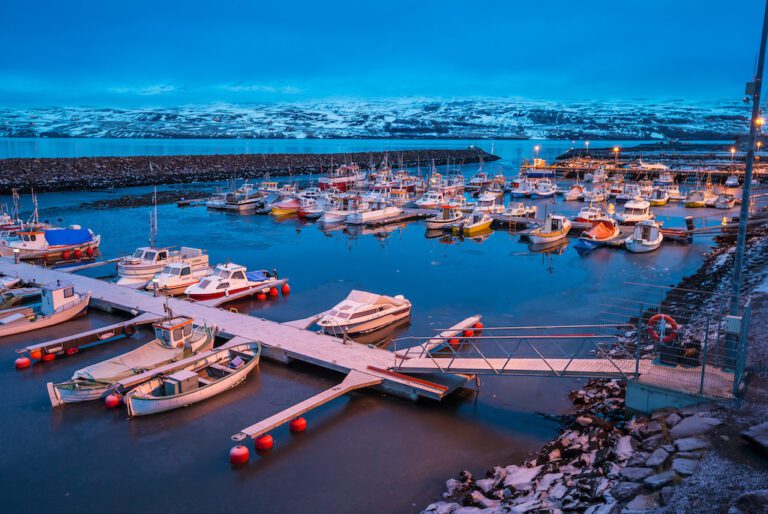
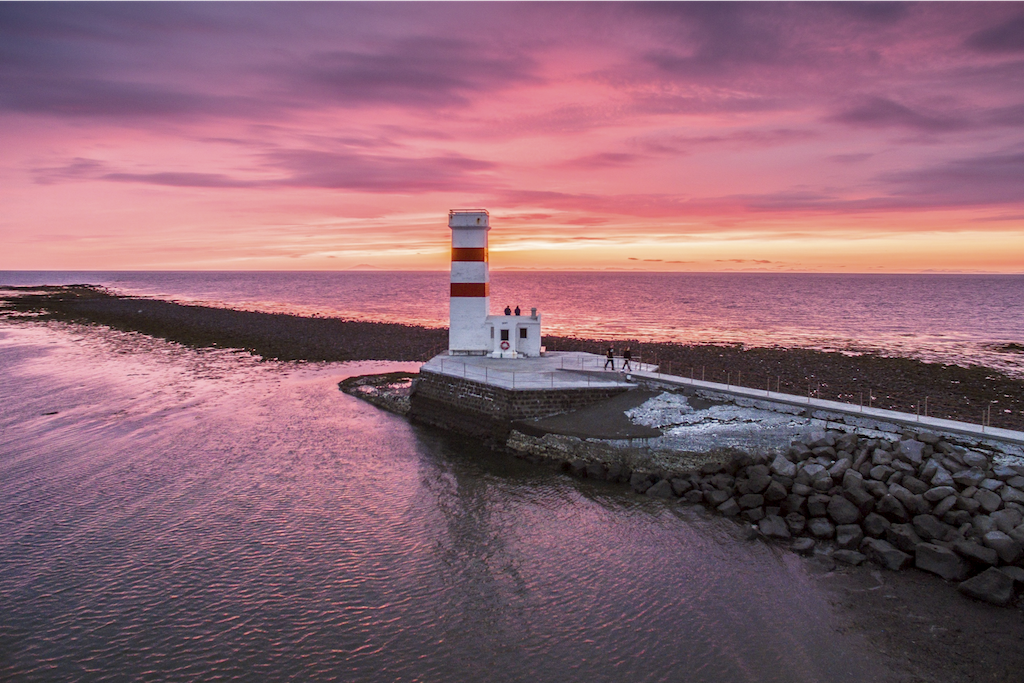
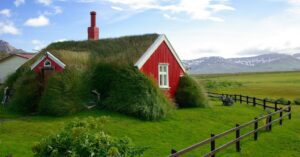

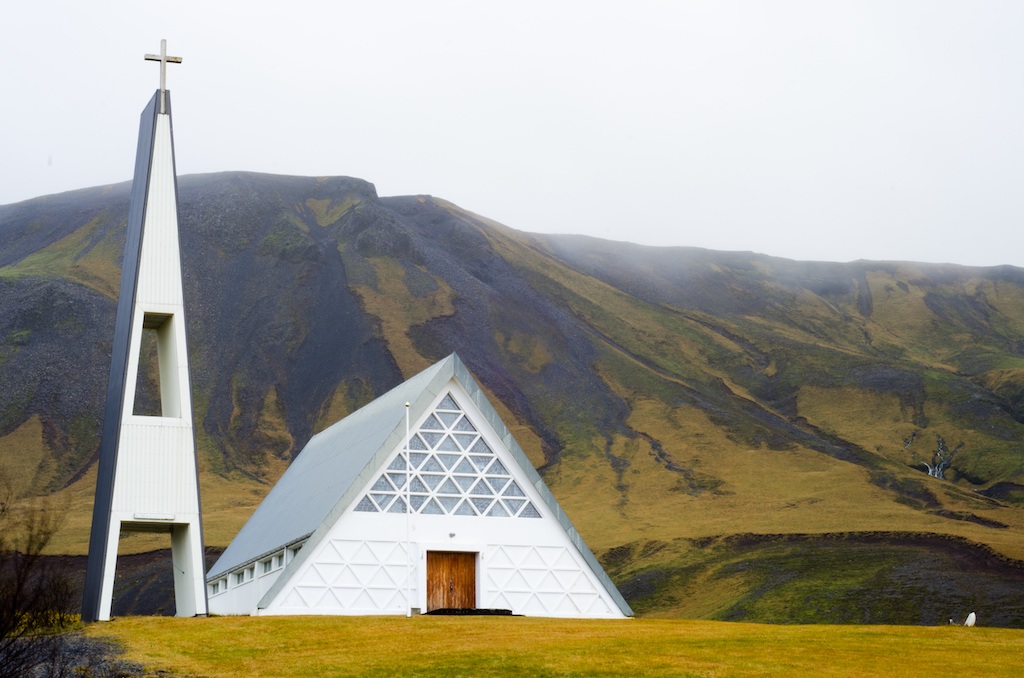
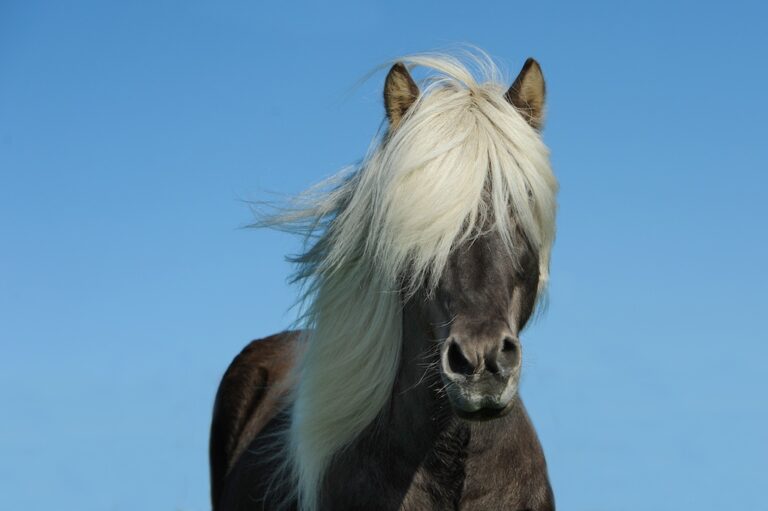
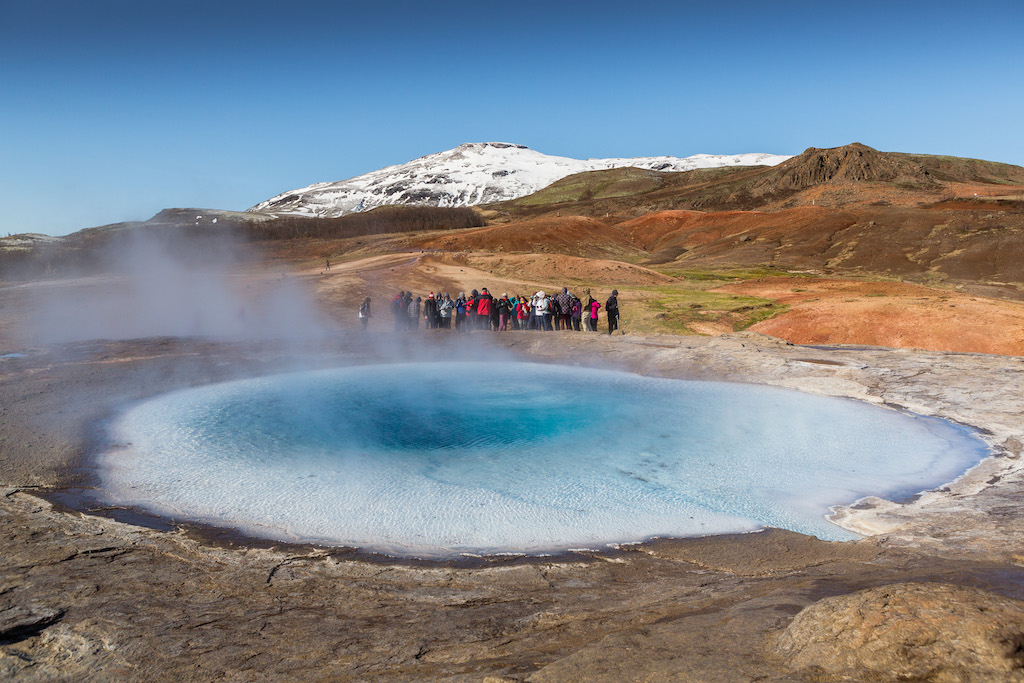
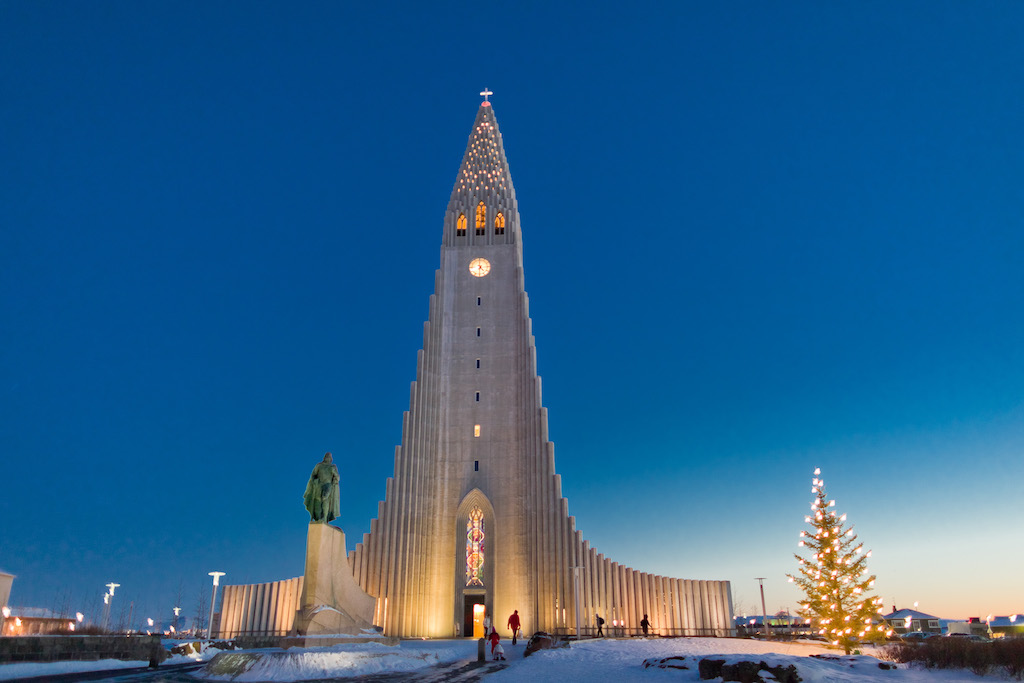
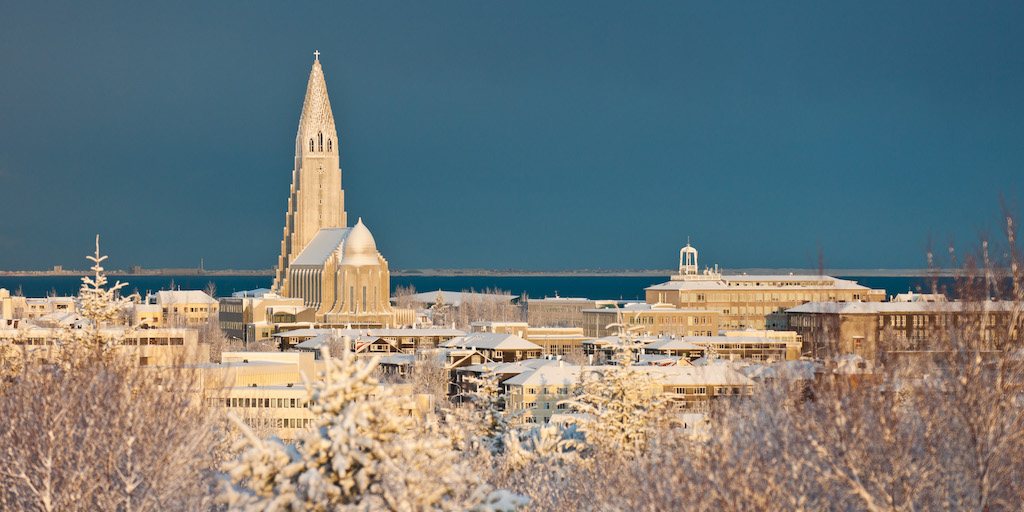
All Images credit: Travelmarketingmedia.
